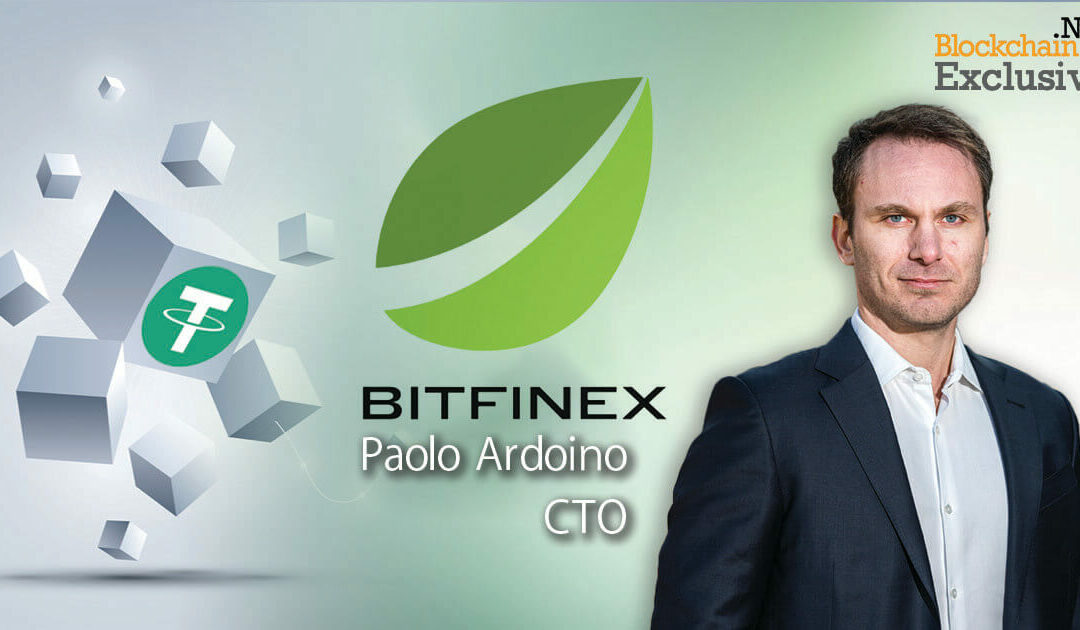Joerg Hiller
Jul 23, 2024 12:21
Bitcoin (BTC) hits a 39-day high at $68,560, recovering over 29% from its July lows, driven by strong market signals and increased investor confidence.
Bitcoin (BTC) has experienced an exceptionally positive week, reaching a 39-day high of $68,560 and recovering over 29% from its local low on July 5, according to Bitfinex Alpha. The cryptocurrency saw five consecutive days of gains from July 12 to July 16, indicating strong upward momentum.
Market Resilience Amid Large Sell-Off
A significant event impacting the market was the German Federal Criminal Police Office (Bundeskriminalamt) liquidating over 48,000 BTC, creating substantial selling pressure. However, the market absorbed this selling pressure, demonstrating resilience and new demand. The exhaustion of selling pressure from both the German government and miners, who typically sell after halving to upgrade infrastructure, has contributed to the price recovery. The Miner Sustainability Index indicates that miners are now being compensated adequately, showing profitability for the first time in a month, suggesting the end of their equipment upgrade phase and reduced selling pressure.
ETF Inflows and Investor Confidence
ETF inflows were also positive, with close to $1.2 billion last week, marking the first positive inflows since early June. The primary reason is that the price has surpassed the average purchase price of ETF investors ($58,200), boosting market confidence. Order flow metrics also contribute to the optimistic sentiment. The Cumulative Volume Delta (CVD) spot index, which measures the difference between buy and sell volumes on centralized exchanges, has turned to net buying for the first time since early March, indicating reduced selling pressure.
Long-Term and Short-Term Holder Trends
As mentioned in the previous Bitfinex Alpha report, the Long-Term Holder Spent Output Profit Ratio (LTH SOPR), which divides the selling price of BTC by its purchase price, shows that selling pressure from this group has decreased since early July. The Bitcoin Exchange Reserve Index, which tracks the amount of BTC in exchange wallets, has shown a rapid decline in recent weeks, indicating that large investors are buying and moving assets off exchanges. This accumulation could lead to a supply shortage, pushing prices higher in the coming months.
Short-Term Holder Dynamics
Interestingly, the cost basis for short-term holders (STH) is currently $65,176. Analysis suggests that as BTC recovers, the cost basis for STHs also rises, indicating general buying interest and confidence among STHs. The Short-Term Holder Spent Output Profit Ratio (STH SOPR), which determines whether STHs are in profit or loss, has been below the breakeven point of 1 but is starting to return to this level. This indicates that while some STHs have taken advantage of buying opportunities during price dips, a small group has incurred losses over the past two weeks when BTC was below their cost basis. If this index is returning to its average value of 1, it suggests that capitulation from this group may be ending.
US Economic Impact
In the US, retail sales data show a significant slowdown in inflation over the past two months, positively impacting consumer spending, contrary to recession predictions. However, the housing market presents a contrasting picture, with single-family housing starts in June falling to an eight-month low, primarily due to high mortgage rates and a prolonged shortage of affordable housing. Despite challenges in the housing sector, the manufacturing industry has shown resilience, with factory output exceeding expectations. This recovery is notable, especially considering the constraints of high borrowing costs. The Federal Reserve is expected to ease monetary policy in September, potentially providing the necessary support to boost growth in both housing and manufacturing sectors.
Regulatory Developments
The cryptocurrency industry is witnessing significant regulatory advancements. Spot Ethereum ETFs from Fidelity, VanEck, and other firms will begin trading on the Cboe exchange on July 23, 2024, following SEC approval. Some companies are waiving initial fees to attract investors. In Hong Kong, the first participants in the stablecoin sandbox are prohibited from public fundraising during the initial trial phase as the Hong Kong Monetary Authority develops a risk-based regulatory framework, requiring future issuers to obtain licenses. Meanwhile, South Korea has enacted the Virtual Asset User Protection Act, mandating exchanges to secure 80% of user deposits in cold storage, use licensed banks for cash deposits, maintain reserves, purchase insurance, and implement real-time monitoring, with penalties for non-compliance.
Image source: Shutterstock









